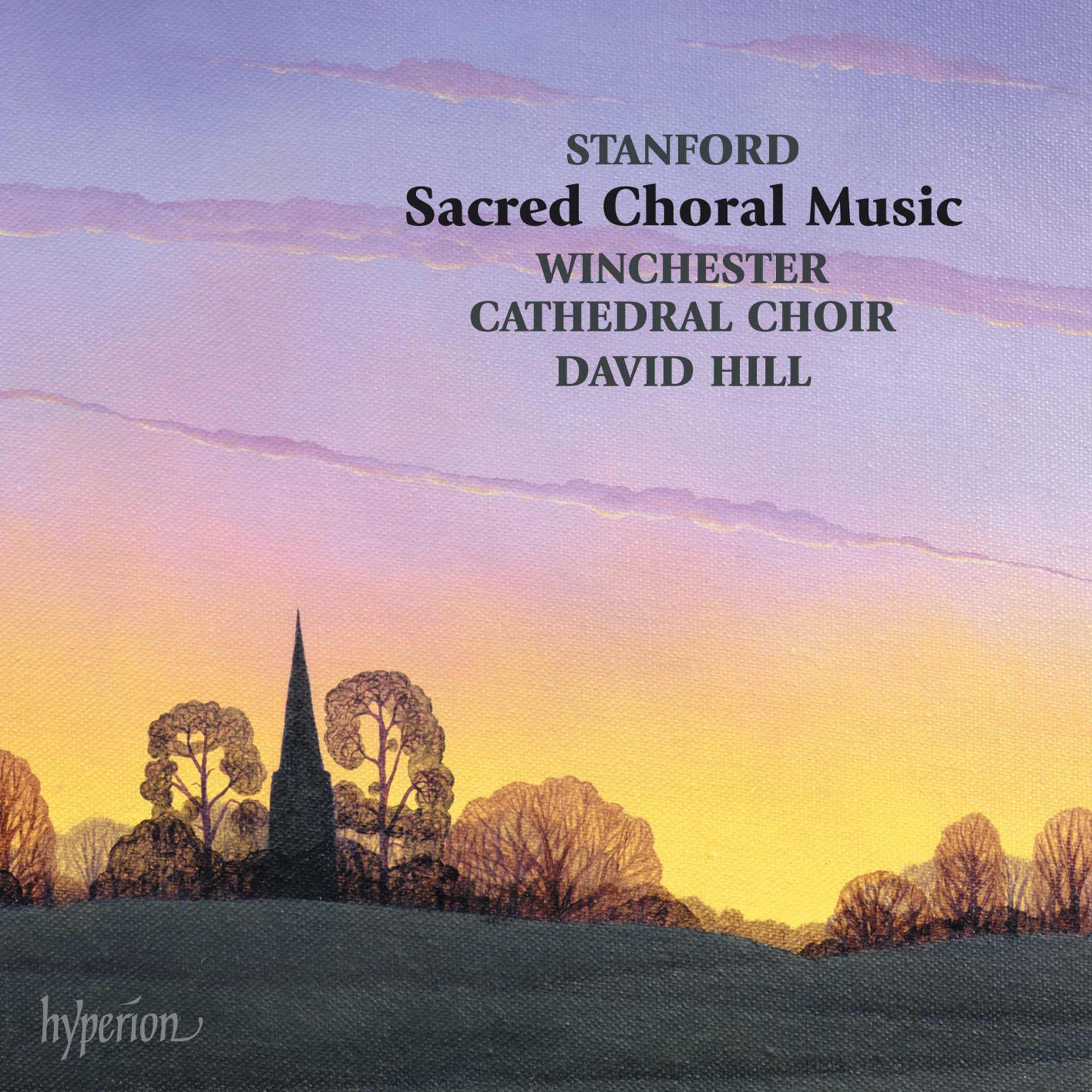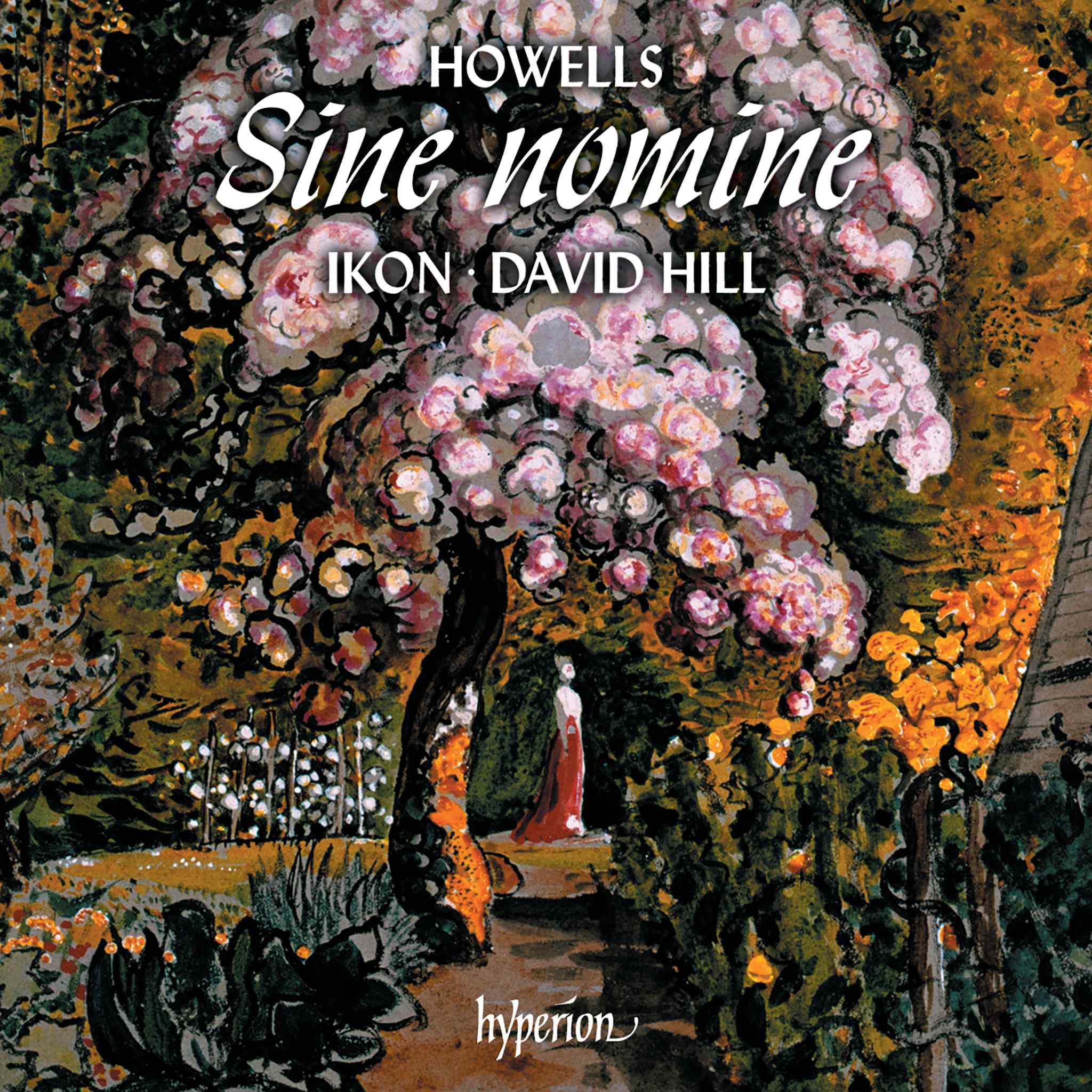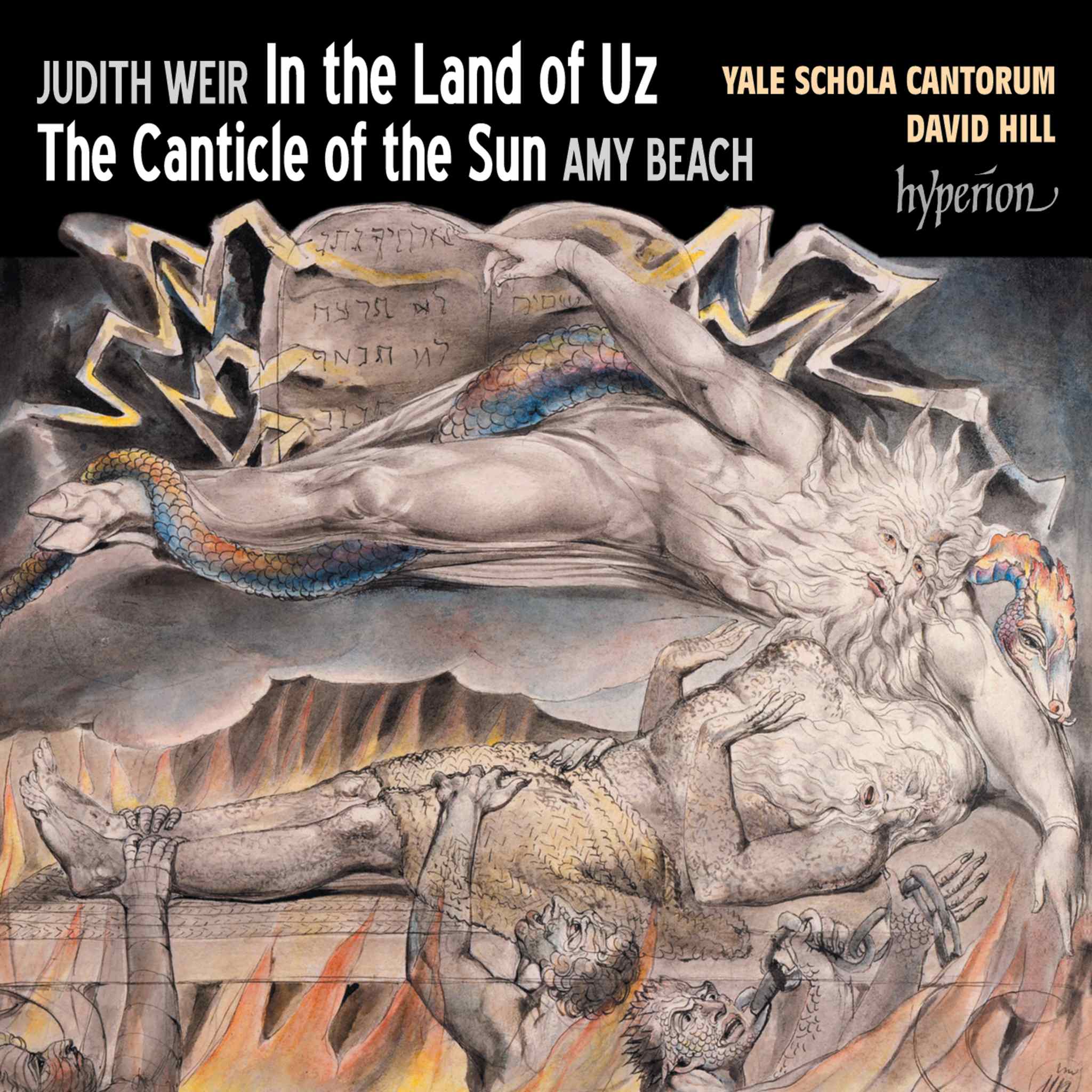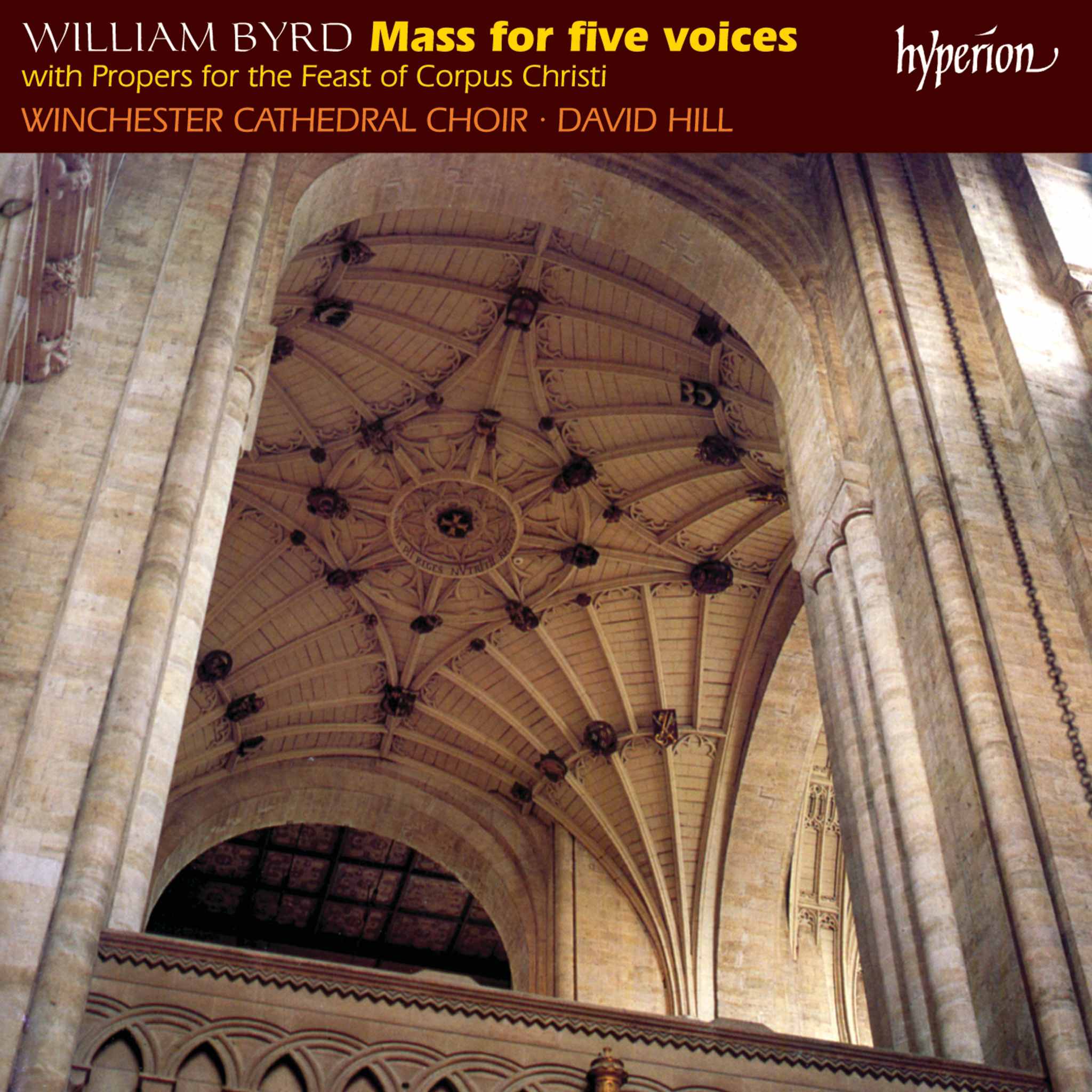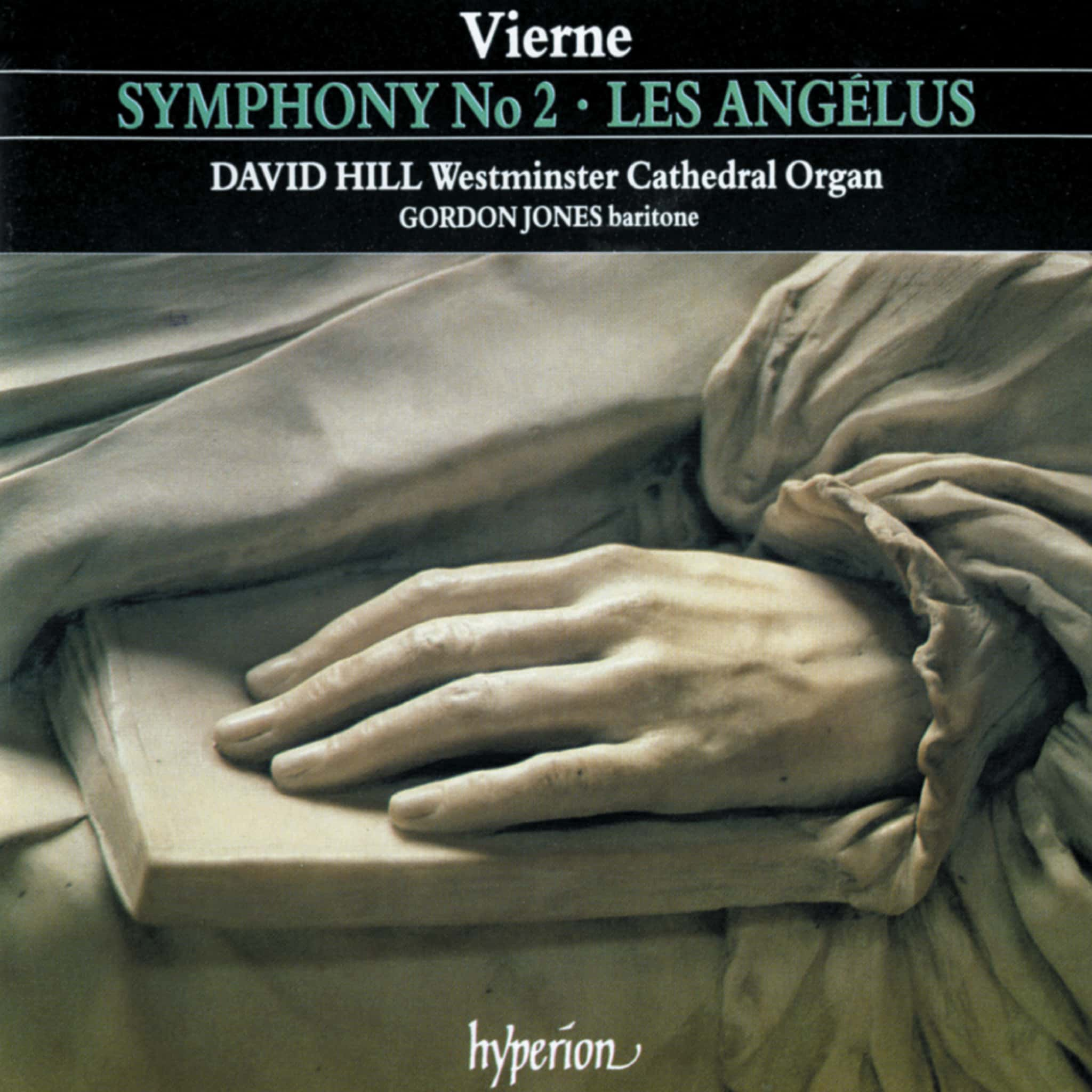Album insights
Benjamin Britten's Five Canticles were not originally conceived as a cycle or closed series, but were written at various points in his career in response to specific circumstances. The term "Canticle" here does not strictly refer to a hymn or song but rather signifies a work of deep religious significance. Some of them were written as memorial compositions, differing in instrumentation and complexity from simple songs, best described as miniature cantatas. Britten's diverse interest in English poetry from all eras is reflected in his choice of texts.
Britten composed the First Canticle, "My beloved is mine," in 1947 as a tribute to Dick Sheppard, former vicar of St Martin-in-the-Fields and founder of the Peace Pledge Union. For this piece, which features a high voice and piano, Britten selected the poem "A Divine Rapture" by Francis Quarles. The structure of this Canticle forms a four-movement composition emphasizing contrapuntal barcarole, recitative, fast canonic scherzo, and mainly chordal finale, all expressing divine love through the metaphor of physical love.
The Second Canticle, "Abraham and Isaac," written in 1952, features a tenor and alto voice portraying the human protagonists and a novel approach of divine voice sung in homophony by both voices, creating a mysterious timbre. The work, performed by Peter Pears, Kathleen Ferrier, and Britten himself, is divided into short sections leading to a climactic divine intervention at the moment of sacrifice.
In 1954, Britten composed the Third Canticle, "Still falls the Rain," in memory of Australian pianist Noel Mewton-Wood. This composition employs tenor, horn, and piano, with text derived from Edith Sitwell's "The Canticle of the Rose," an allegory on the suffering of Jesus Christ. The irregular meter of the poem led Britten to use declamatory recitatives interspersed with horn and piano interludes, showcasing a modern approach while paying homage to traditional forms.
Britten's Fourth Canticle, "The Journey of the Magi," was composed in 1971, setting T. S. Eliot's poem depicting the Three Wise Men's voyage, highlighting a countertenor, tenor, and baritone with piano accompaniment. Following a Rondo structure, the piece incorporates elements reflecting the camel journey within the ritornelli sections, linking to religious undertones through Eliot's poem.
The Fifth Canticle, "The Death of Saint Narcissus," emerged in 1974 while Britten recovered from heart surgery. This Canticle, dedicated to friend William Plomer, showcases the tenor voice accompanied by a harp, representing a contemplation on death during Britten's later years. His engagement with themes of mortality extended to his opera "Death in Venice," demonstrating a profound reflection on life's finality.
Britten's reverence for Henry Purcell's work, akin to Gustav Holst before him, influenced his compositions deeply. Engaging with Purcell's music and English poetry, Britten's innovative approach to harmonizing Purcell's songs showcases a blend of creative talent in conveying the essence and individuality of each piece.

